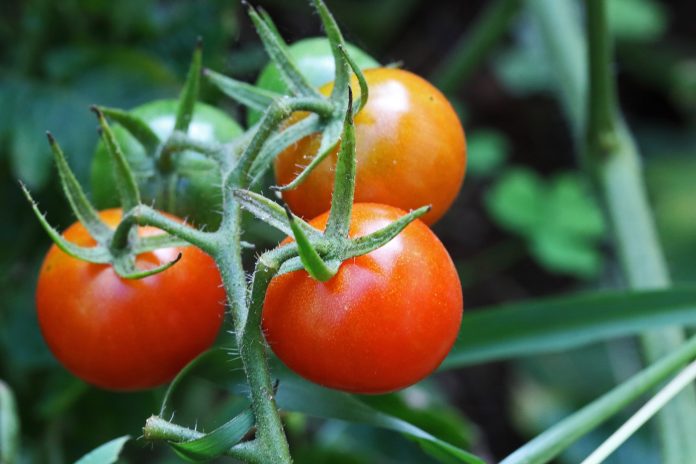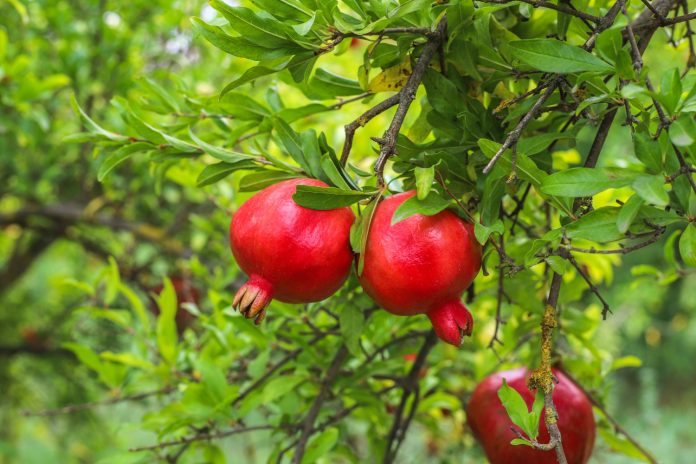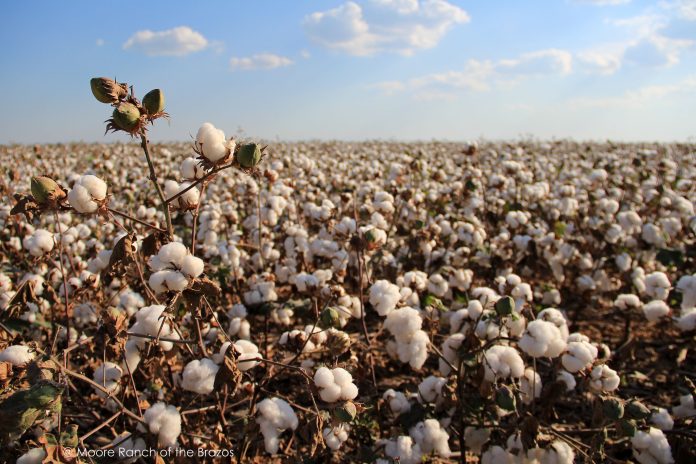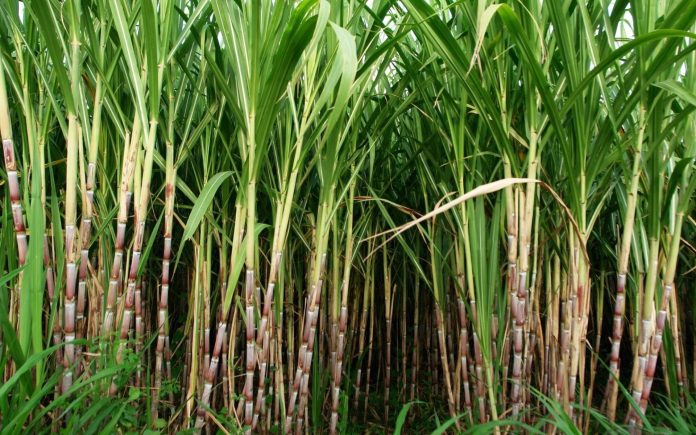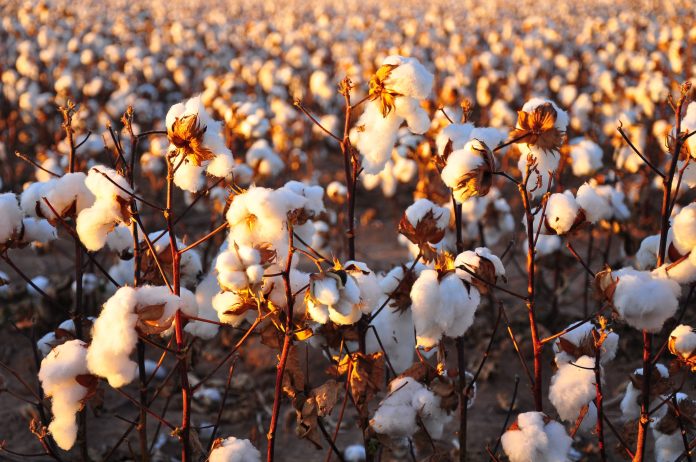As a farmer, you know that the right dosage of nutrients can help grow the best-looking and best-tasting tomatoes that sell fast. One crucial element in this process is the use of NPK fertilizers. Knowing when and how much fertilizer to apply can make all the difference in producing a bumper crop of tomatoes that are not only beautiful but also nutritious.
In this article, we’ll walk you through the different stages of growth and the recommended fertilizers for each stage.
Understanding the Importance of Fertilizing Tomato Plants
According to experts, it’s important to understand why your tomato plant needs fertilizers. During the different stages of growth, your tomato plant requires different nutrients for healthy growth.
The Seedling Stage: Dosages for White Roots and Shoot Tip Formation
During this stage, which occurs 10-15 days after transplanting, it’s recommended to drench your plants with a mix of humic and fulvic acid, seaweed extract, and blue copper. This mix helps with white roots and shoot tip formation and controls fungal diseases.
As farmer Suresh explains, “I have seen significant improvement in root growth after using humic and fulvic acid on my tomato seedlings. It also helps the plant withstand drought and heat stress.”
NPK Dosage during the seedling stage;
The Rooting Stage: Dosages for Healthy Root System
Between 15-25 days after planting, your tomato plant enters the rooting stage. This stage requires a first dose of 13:40:13 NPK fertilizer, which aids in root formation. The dose can be given via fertigation or drenching.
As farmer Ravi Shankar shares, “I use 13:40:13 NPK for my tomato plants during the rooting stage, and it has helped my plants develop a healthy root system. I use fertigation as it helps in uniform distribution of the fertilizer.”
NPK Dosage via fertigation during the rooting stage;
- First dose: 13:40:13 – either 2 kilograms/acre for fertigation or 5 to 10 gm/litre of water for drenching – phosphorous aids in root formation
- Second dose: 2 kilograms/acre of 12:61:00 with 2 litres of Humic and Fulvic acid
- Third dose: 13:40:13 – 2 kilograms/acre
The Vegetative Stage: Dosages for Lush Green Leaves
From 25-40 days after transplanting, your tomato plant enters the vegetative stage. During this stage, it’s recommended to use a 19:19:19 NPK fertilizer to support foliar or canopy formation. Additionally, a mixture of 20:20:20 NPK fertilizer and magnesium sulphate can be used to develop chlorophyll in leaves which helps n effective photosynthesis and correct the deficiency of the nutrient if any.
According to farmer Gopal Yadav, “I use a mixture of 19:19:19 NPK and magnesium sulphate during the vegetative stage, and it has helped my plants grow lush green leaves.”
NPK Dosage during the vegetative stage;
- First dose: 19:19:19 NPK fertilizer – 2.5 kilogram/acre
- Second dose: Mixture of 2.5 kg/acre of 20:20:20 NPK fertilizer and 1kg/acre of Magnesium Sulphate
- Third dose: 2.5 kg/acre of 19:19:19 NPK
The Flowering Stage: Dosages for Healthy Pollen Formation
The flowering stage occurs between 40-50 days after planting. During this stage, it’s recommended to use a 16:08:24 NPK fertilizer to supply ample quantity of nutrients that are required for the plant at flowering stage and a foliar spray of Allbor which contains boron helps in the formation of healthy pollen in the flowers. Additionally, a mixture of 00:52:34 NPK fertilizer and Zinc sulphate can be used to prevent zinc deficiency that affects the growth and development of the tomato plant.
As farmer Mahesh Linganna explains, “I have applied 16:08:24 through drip and foliar spray of Allbor during the flowering stage, and it has helped my plants set a good number of flowers that turn into healthy fruits.”
NPK Dosage during the flowering stage;
- First dose: Application of 16:08:24 NPK at a rate of 3.5 kilograms per acre. Foliar spray of Allbor @ 1 gm/lit water.
- Second dose: Application of 3.5 kilograms per acre of 00:52:34 NPK fertilizer with 500 grams of zinc sulphate per acre.
- Third dose: Application of 16:08:24 NPK at a rate of 3.5kg/acre.
The Fruiting Stage: Dosages for Healthy and Juicy Tomatoes
Between 50-65 days after transplanting, your tomato plant enters the fruiting or reproductive stage. During this stage, it’s recommended to supply 13:00:45 fertilizer and also foliar spray of Multiplex Kranti to treat calcium deficiency that triggers blossom-end rot in tomato crops. The potassium in the NPK fertilizer helps in fruit development, which is responsible for the size, colour, and taste of the fruit.
As farmer Jaya Raja shares, “I have given 13:00:45 to the crop using Drip and a foliar spray of Multiplex Kranti during the fruiting stage, and it has helped my plants produce healthy and juicy tomatoes.”
NPK Dosage during the fruiting stage;
- First dose: Application of 13:00:45 NPK at the rate of 4 to 5 kg/acre . Foliar spray of Multiplex Kranti at the rate of 1.5 ml/lit water.
- Second dose: Application of 4 to 5 kg/acre of Calcium Nitrate with 500 gm of Fe EDDHA.
- Third dose: Application of 13:00:45 NPK at the rate of 4 to 5 kg/acre.
The Harvesting Stage: Dosages for a Vibrant Red Colour
Finally, at approximately 65-80 days after transplantation, your tomato plant enters the harvesting stage. During this stage, it’s recommended to apply a mixture of 00:00:50 NPK and 18% sulphur to provide a healthy red colour to the fruit and improve the flavour. This mixture can be applied through foliar spray or drenching.
As farmer Puttappa explains, “I use a mixture of 00:00:50 NPK and 18% sulphur during the harvesting stage, and it has helped my tomatoes develop a bright red colour and delicious flavour, which is important for marketability.”
NPK Dosage during the harvesting stage;
- First dose: Apply a mixture of 00:00:50 NPK and 18% Sulphur (4 to 5 kg/acre).
- Second dose: Application of 00:52:34 NPK at the rate of 4 to 5 kg/acre mixed with 500 gm of Fe EDDHA.
- Third dose: Application of 00:00:50 NPK mixed with 18% Sulphur at the rate of 4 to 5 kg/acre.
Fertilization after the first harvest
After the first harvest, the recommended NPK is 00:52:34 Fertilization during this stage is crucial to promote new shoots and fruit development. Later, during the fruiting stage for the following harvest, the recommended NPK is 13:00:45 and 00:00:50 to enhance the fruit colour, size, and shine of the fruits. You can repeat this process for three to four pickings.
After the third or fourth picking use 13:40:13 NPK to promote the growth of new shoots. Later, use 20:20:20 to initiate fruiting. Follow this until the last harvest.
Conclusion
Fertilizing tomato plants is essential for optimal growth and yields. It’s important to understand the different stages of growth and the nutrients required for each stage. By following the recommended fertilizers and dosages, farmers can grow healthy and high-quality tomatoes that are in demand in the market.


